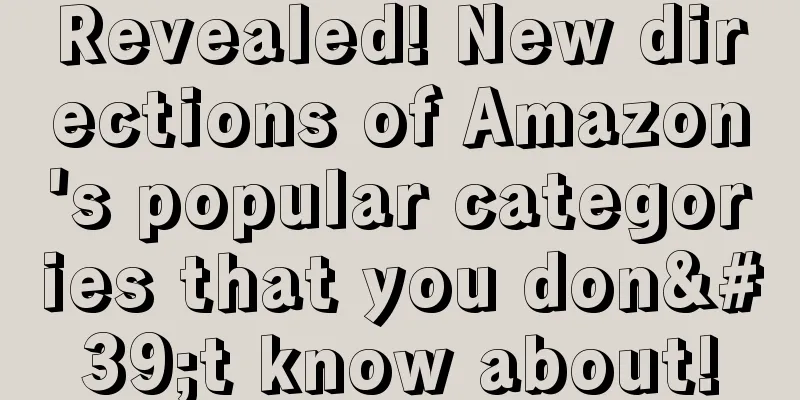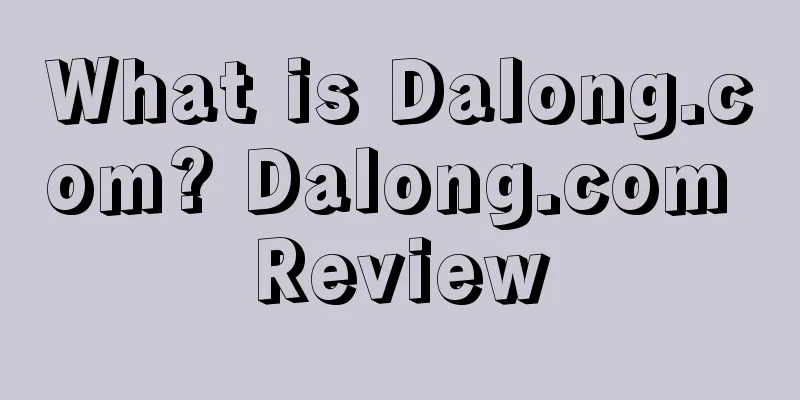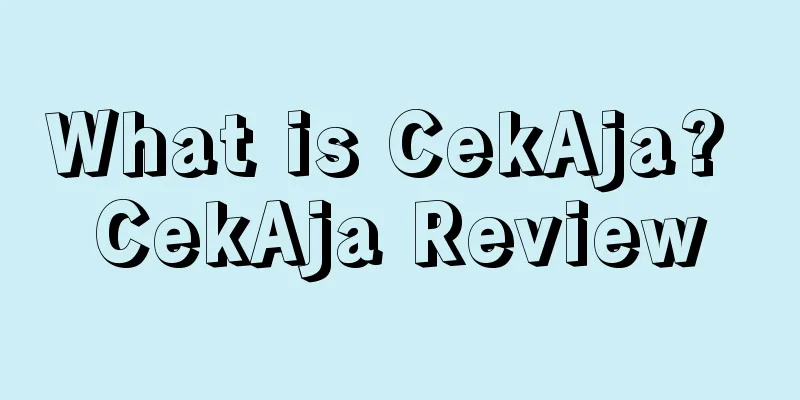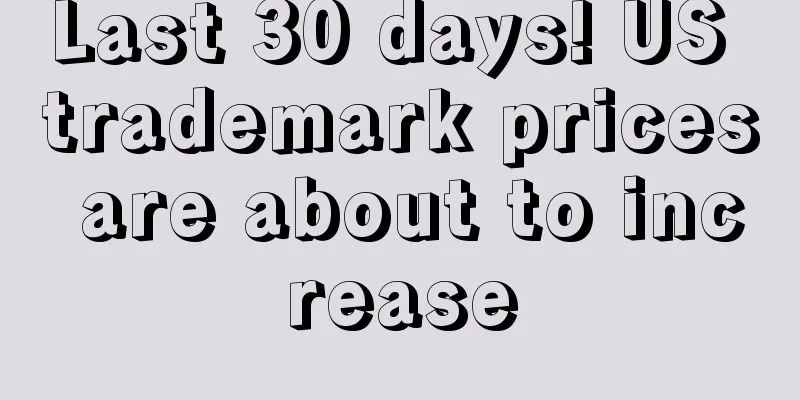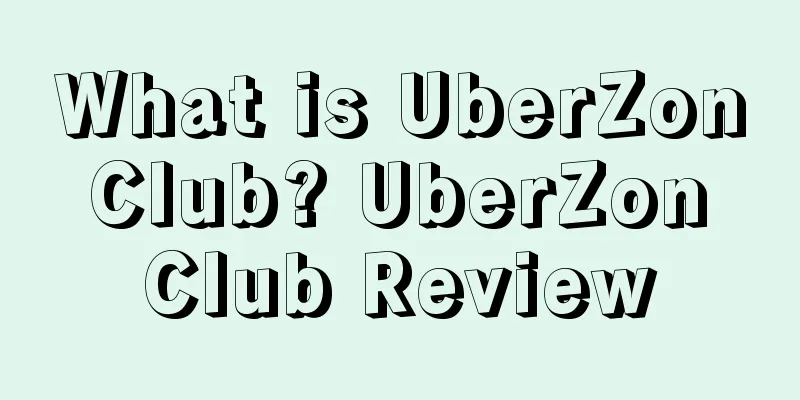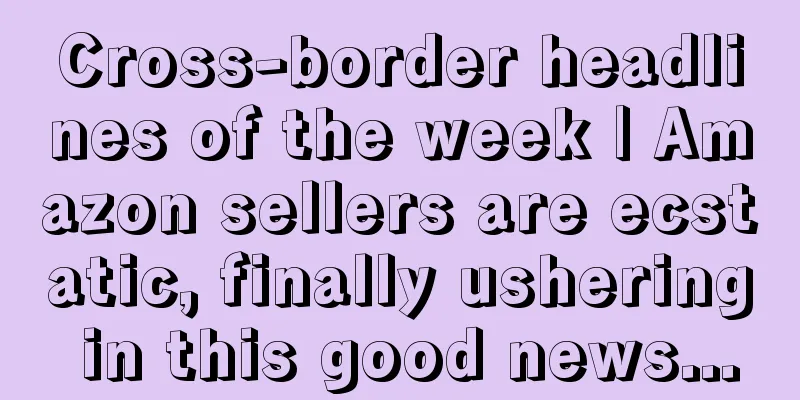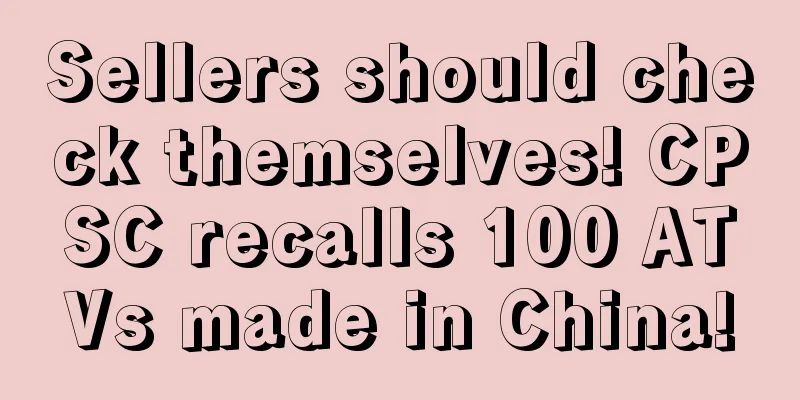What is the Law of the Patent Jungle? Evaluation of the Law of the Patent Jungle
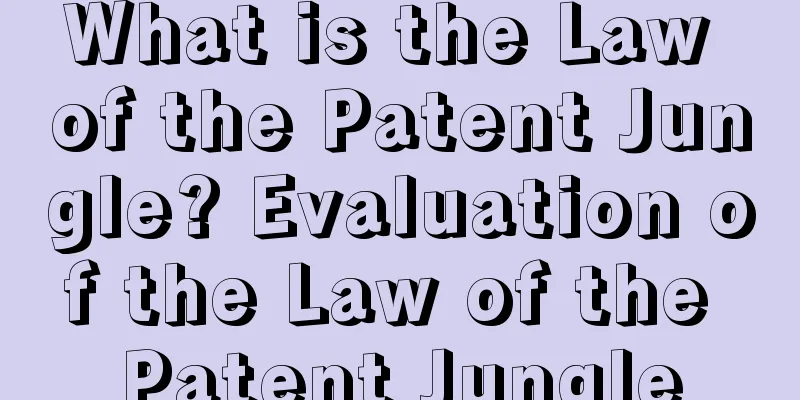
|
The patent jungle law was first proposed by Carl Shapiro, a famous patent law expert at the University of California, Berkeley. Its connotation is that there are many overlapping areas of intellectual property rights. People who develop new technologies must fight through the patent thicket to obtain the license to use all the patented technologies they need. Because patents are accumulated and they are owned by different people, some patents that play a fundamental and extremely important role will bring many major negative effects to the development and industrialization of this technology. The patent jungle law makes technological development rigid and even hinders technological innovation. Classification of patents Basic Information The law of the patent jungle refers to a dense network formed by the superposition of intellectual property rights. In order to commercialize new technologies, companies must break through the siege of this intellectual property network. Contents of the Law 1. The Law of the Patent Jungle comes from the economic theory of "complements problem" This theory was first proposed by Coumot in 1838. He gave a typical example of that era. Brass production requires copper and zinc as raw materials, but the production of these two raw materials is monopolized by two companies. Therefore, the price of brass produced by any company is abnormally high and far higher than the market value. This will produce the problem of the patent jungle law discussed in this article today. So they can solve this problem by exchanging technology or merging. The problem of the patent jungle law is also that a large number of different patent owners hold patents, create patent "mines", or monopolize basic patents and raise prices, making the implementation and re-innovation of technology extremely difficult. 2. The Law of the Patent Jungle is derived from the Pyramid Principle of Technology Patent law protects innovative technology and provides patent protection for most technologies. As a result, after the upstream patent technology is monopolized, it is difficult for downstream patent technology to develop, especially after the seminal technology is monopolized, the problem becomes more serious. This has formed the patent jungle law discussed today. Carl, a famous intellectual property professor at the University of California, Berkeley. Karl Shapiro made such a description in a paper he published. He said: "Today, the reason why many basic and applied scientific researchers are successful is that they stand on a scientific and technological foundation like a huge pyramid, rather than just on a research and development technology. If the foundation of the pyramid is strong and wide enough, its technological achievements can be greater than any individual. However, if each researcher is building a high pyramid, he must obtain the consent of each previous scientific and technological contributor before adding new parts to the pyramid (the patent applied for by each scientist is called a patent module, i.e., blocking patent) or pay a large amount of patent licenses. Then, the construction of the entire scientific and technological pyramid will be slowed down. Therefore, Karl Shapiro believes that today's large number of patent modules (blocking patents) have formed the patent jungle law, and this patent system may have a greater hindering effect on technological innovation than its power to promote technological development. 3. The law of the patent jungle comes from the large number of questionable patents that have emerged in the United States. The United States Patent and Trademark Office (USPTO) is not strict in reviewing the "three characteristics of patents" for high-tech, and has granted many questionable patents, which has aggravated the problem of the patent jungle law. The "three characteristics" review of patents in the United States includes the review of novelty, non-obviousness, and practicality. As for novelty, its simple explanation is "the technical requirements applied for are some new technologies, excluding the application of patents with existing technologies. Its purpose is to prevent technology imitation and prevent some particularly basic research areas (areas of basic research) from being applied for as patent technologies, thereby hindering technological innovation. In the United States, non-obviousness refers to whether the development and innovation of technology is important enough to be protected by patents, which is described as nontriviality in patent law. Its purpose is to reserve a space for free innovation for the public and not to grant patent protection to minor technical improvements, otherwise the public interest will be infringed by the granting of these patents. Practicality focuses on the usefulness of patents to prevent some technologies that have no practical value but have basic research value from being protected by patents. Driven by the marketization of American technology, the U.S. Patent Office does not strictly control the review of the "three characteristics" of patents, allowing technologies with only minor innovations to enter the field of patent protection. Although this type of patent only occupies a very minor position in the future technological innovation, its consent must be obtained in the technological innovation, just like collecting tolls now. No matter how small the road is, as long as you want to pass, you have to pay the fee for that section. Without government intervention, under the strict protection of the patent system, he can ask for exorbitant prices and even create patent "mines". After you invest heavily in research and development, the patent owner will threaten you with infringement and request an injunction to collect high licensing fees. 4. The Law of the Patent Jungle comes from the unlimited proliferation of patents The so-called unlimited proliferation of patents refers to the fact that technology owners continue to apply for a large number of patents for economic and technical defense reasons, including many problematic patents. Specifically, there are five reasons for the unlimited proliferation of patents. First, high-tech technologies such as semiconductors, computer hardware and software have accelerated the speed of patent proliferation. Among them, the team members from the software industry noticed that software contains millions of codes, and changes to the codes can be patented. Therefore, there are hundreds or thousands of patents that can be applied for. The proliferation of these complex technology patents provides the basis for the generation of the jungle law of patents. Second, "a large number of rules and procedures to protect patent owners are provided by law." As a result, the interest protection of the patent system is too biased towards patent owners, who can obtain high compensation or high licensing fees from lawsuits. For example, in the case of Polaroid Corporation v. Kodak Camera Corporation, the plaintiff received $1 billion in compensation and was prohibited from participating in the commercial production of instant film cameras. Third, in high-tech industries such as semiconductors, computer software and hardware, defensive patent strategies also make them apply for as many patents as possible. Many companies apply for more than 100 patents in a year, using defensive patents to deal with patent infringement. Due to the existence of many patents, it is inevitable to inadvertently infringe on patents. Fourth, society often uses the number of patent applications as a criterion for evaluating the R&D capabilities of companies or scientific research institutions, causing many companies to apply for a large number of patents under the guidance of fame and fortune, even if the patents do not have much inventive value. Fifth, the patent department issues some patents without quality assurance, which further encourages the application of problematic patents, causing a large number of "very trivial inventions" to enter the patent library. The unlimited proliferation of patents makes the number of patents in a certain field's patent library very large, and the patents overlap and intersect with each other, which makes it difficult for later technology innovators and technology users to search for patents that they may infringe, which lays a major hidden danger for future stepping on mines. Even if a lot of financial and human resources are spent to search for all the patents that may be involved, it is not easy to obtain their permission. Even if it is possible, the cost is extremely expensive, making the development and application of patented technology lose commercial value, and ultimately affecting the innovation ability of the entire society and the interests of consumers. References |
<<: What is a patent pool? Patent pool review
>>: What is royalty? Royalties review
Recommend
What is Bluetech Forum? Review of Bluetech Forum
Founded in 2012, Bluetech Forum, a subsidiary of B...
What is Trademe? Trademe Review
Trademe is New Zealand's largest online market...
What is inkFrog? inkFrog Review
inkFrog is a tool that helps sellers sell on eBay ...
Big sale out of stock warning! Many Amazon warehouses are seriously overstocked
It is learned that the Eastern Longshoremen's ...
Amazon's peak season sales strategy to help sellers prepare for Prime Day!
“ In previous years, Prime Day was held in mid-Jul...
What is Yibang International Logistics? Yibang International Logistics Review
Yibang International Logistics (Yibang Internation...
Amazon and Walmart urgently removed the toys from shelves! The United States will completely ban the sale of such toys!
According to foreign media reports, e-commerce pla...
What is Cafe24? Cafe24 Review
Founded in 1999, Cafe24 is one of the leading e-co...
What is the WEEE Directive (Waste Electronic Equipment Directive)? WEEE Directive (Waste Electronic Equipment Directive) Review
WEEE stands for Waste Electronic and Electronic Eq...
Good news! Amazon has launched a duty group, and you can register for a store first during the holidays
The Spring Festival holiday is extended. What shou...
Riots, curfews, Amazon boycotted by protests! A large number of sellers encountered tax raids!
The epidemic situation abroad is becoming increasi...
What is Work with Amazon Alexa? Work with Amazon Alexa Review
Work with Amazon Alexa is a certification program ...
What is Woobox? Woobox Review
Woobox is a platform for marketing campaigns. Crea...
Savi successfully passed the review! The road to listing was bumpy, and its "Amazon dependence" worsened
▶ Video account attention cross-border navigation ...
Amazon's new anti-sell plan! Anyone can delete the hijacked products? !
Amazon's original intention of setting up the ...
